Almost every child wants a dog, preferably, of course, a cute, cuddly puppy to play with. But a dog is not a toy, but a living creature that has its own needs. However, in order for your child to experience a peaceful life with the dog, there are some things, especially for parents, that need to be taken into account from the start for both parties to grow up relaxed and safe. What you have to pay attention to in detail, you will learn here.
Important Things In Advance
A friendship between child and dog can be a great experience for both parties. Young children who have close contact with dogs grow up mentally more stable and generally healthier. In addition, various statistics prove that dogs make children happy and make withdrawn, shy children come out of their shells.
When the new addition to the family moves in on four paws, explanation and supervision are absolutely necessary so that child and dog become a great team. Therefore, discuss and explain these rules to your child to ensure better and safer interactions with their four-legged friends.
Fear Of The Dog
Fear of dogs can also be developmental. This, in turn, seems to be closely related to the fact that many people today have no experience whatsoever in dealing with animals per se.
What you do not know can make you afraid. However, numerous children show a developmental fear of dogs relatively suddenly, even at preschool age, and it usually goes away as quickly as it came.
To speed up this process, it makes sense to provide the child with as much knowledge about dogs and contact with peaceful dogs as possible, because this will make them feel more secure and help them get their fear back under control more quickly.
How Dog And Child Develop A Close Friendship
The basis for friendship is the right “language” between man and animal, to avoid unpleasant incidents caused by mere misunderstandings.
A dog needs food, water, exercise, employment, care, and a lot of rest. A child cannot and should not bear the responsibility for this alone. But an older child should help out early on and gradually take on more dog care tasks.
It can brush the dog under your guidance, clean and fill the bowls, hide the lost and found during search games, throw balls and do much more with him. Care and responsibility strengthen the friendship between dog and child.
Make sure you are always nearby to answer questions, provide assistance, and intervene in an emergency.
Learning Dog Body Language And Manners
The child should quickly learn dog language and manners. This is the only way to ensure that the dog is not tormented and the children are not hurt.
The dog’s tail is a good place to start learning because it is a conspicuous barometer of mood. If the dog feels uncomfortable or scared, he pulls in his tail. If he is particularly happy, he wags.
A wagging tail initially only shows the degree of excitement and does not have to mean joy. Your child should also know that a dog feels threatened if you stare at him or grab his head abruptly from above.
Teach your child to respect that eyes, nose, ears, and tail are especially sensitive parts of the dog’s body and not handles or even toys
Now, if your child understands that a dog that is eating or sleeping must not be disturbed, nothing will stand in the way of dog-child friendship.
10 Rules For Safe Interaction Between Children And Dogs
- Never approach without asking
You should always ask the owner for permission before approaching a dog, no matter how harmless it looks.
- Do not disturb dogs
Dogs that are drinking, eating, or playing with a toy should be left alone. Under no circumstances should you try to take something away from a dog. It is also better not to wake sleeping dogs.
- A dog does not want to be teased any more than you do
The child must know not to tease animals. Pulling the tail or ears or blowing in the face is not fun for the dog and can cause it to feel attacked and fight back.
- Always approach with caution
You should never approach a dog from behind or run head-on at it. It is best to approach slightly from the side and, most importantly, calmly so that the dog is not startled.
- Never interfere in a scuffle
Scuffling dogs should only be separated by the owners and preferably so that each grabs the other’s dog. A child must be inculcated with the fact that under no circumstances should he or she interfere in the scuffle.
- Do not provoke
Among other things, dogs try to clarify the hierarchy by persistently looking each other in the eye. Children should therefore learn from an early age never to look a dog directly in the eye.
- Leave opportunities for evasion
A dog must not have the feeling that it is being cornered. So also avoid that dog and child are together under the table, for example.
- Respect the dog’s language
A dog can misunderstand some things. This includes waving his arms, but it also includes running away or playing catch near him.
- Immobile objects are boring
When a dog is rushing toward you, the best thing to do is just stand still, even if it’s very difficult. After all, as long as you are moving, you are much more interesting.
- Let a child play with the dog only under supervision
When playing with a dog, if possible, there should always be an adult nearby who can quickly intervene if necessary.
Pay Attention To Safety And Health Of Dogs And Small Children
Most dogs do not accept small children as social partners and are very sensitive to nipping and nipping. When children and dogs romp, things can sometimes get rough.
Make sure the situation remains comfortable for both playmates. In the event of a minor mishap, do not scold the dog or the child, but have disinfectant and a band-aid ready and then discuss the situation with the child.
However, playing with a puppy, which is an extremely sensitive creature, should be done exclusively under your supervision. In addition, puppies never belong in the inexperienced hands of small children. After all, the little dogs themselves are still new to the world and have a lot to learn.
What Should Be Taken Care Of When Walking?
Children should learn how to guide dogs for the first time. Therefore, note that children should never walk the dog unaccompanied.
It can be dangerous for all involved with a small dog in traffic or if the young dog-child team meets an aggressive quadruped. In such situations, all children and dogs are overwhelmed and endangered.
Important rules when walking. If you see your child running toward a strange dog, call it off. Because many have been bitten.
If the dogs are sniffing in the meadow, don’t pull away. After all, they need a place to do their business.
But if they sniff garbage, it can have very bad consequences. Therefore, in these moments, the children can exceptionally tighten the leash and pull.
Extensive Education To Protect The Child
Children should never touch a strange dog without first asking the dog owner for permission. This is because there are also dogs that react to children with repulsion.
Dogs are very sensitive to noise and can react to hectic, unmediated movement with barking, growling, or even jumping. Children should therefore learn to behave prudently around a dog and adapt their temperament to the dog, not the other way around.
This is especially true in public places where dogs are allowed to run. Absolute taboos for children are cornering the dog, kicking it, or throwing objects at it.
What Should Be Considered When Choosing A Dog?
On the part of the dog, it is not the breed that is decisive for the suitable playmate, but the individual character of the dog. You should not choose a dog that does not like to subordinate or generally has a problem with jealousy or stress.
Ideal, on the contrary, is a gentle dog that is well-balanced and calm and thus can cope with different situations. It is also important that he already has the necessary basic obedience.
Having a puppy and a baby at the same time is a double stress factor that should be avoided. It will be easier with a puppy if the child is already at least three years old.
Sources
https://www.canosan.de/kind-und-hund.aspx
https://www.zooroyal.de/magazin/hunde/hund-kind-so-works-with-harmony/

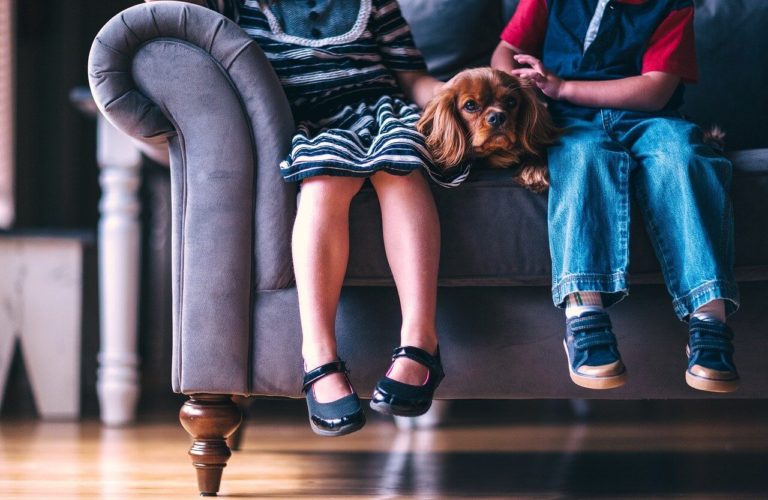


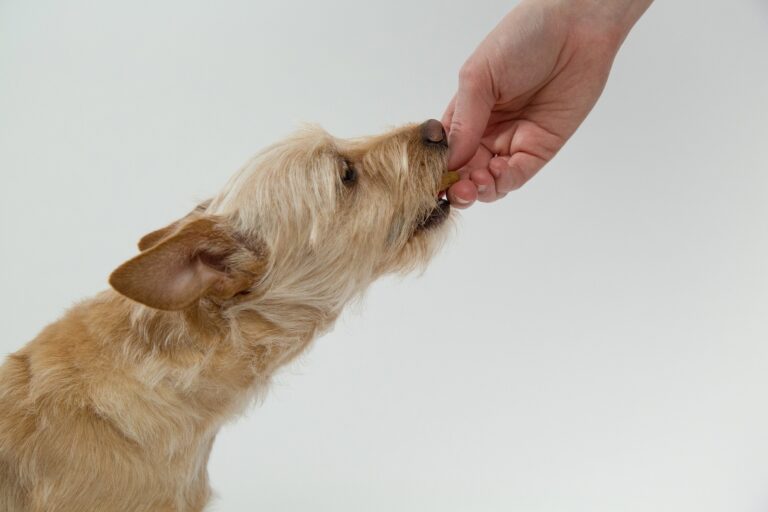
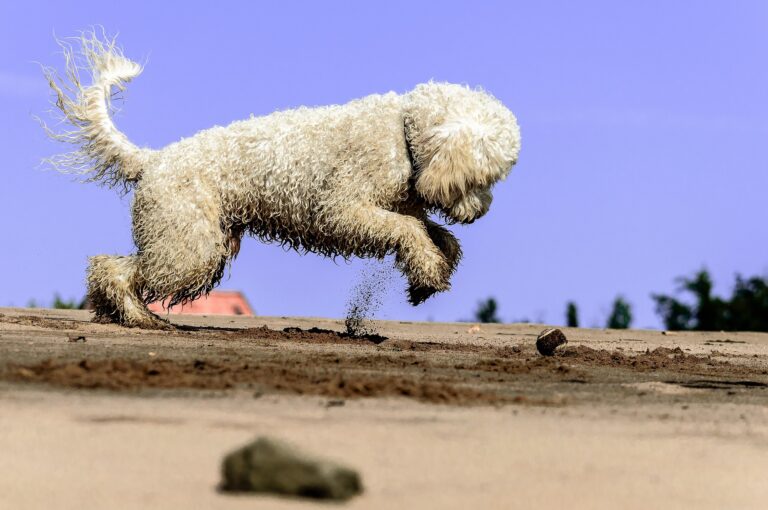
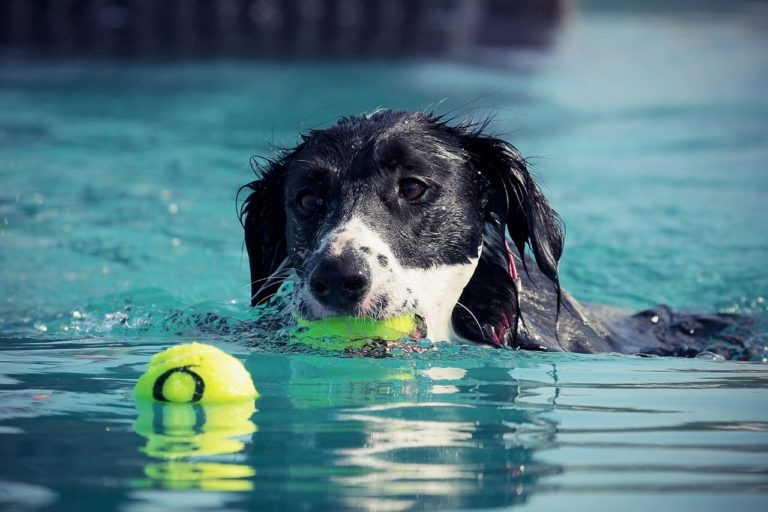
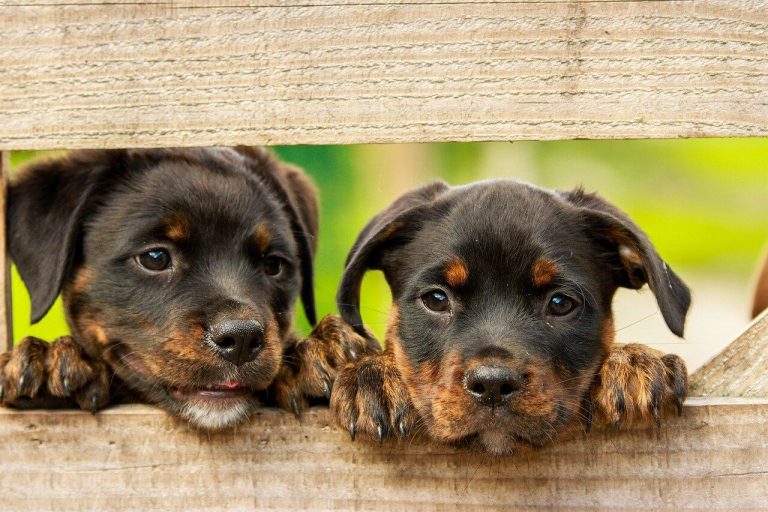
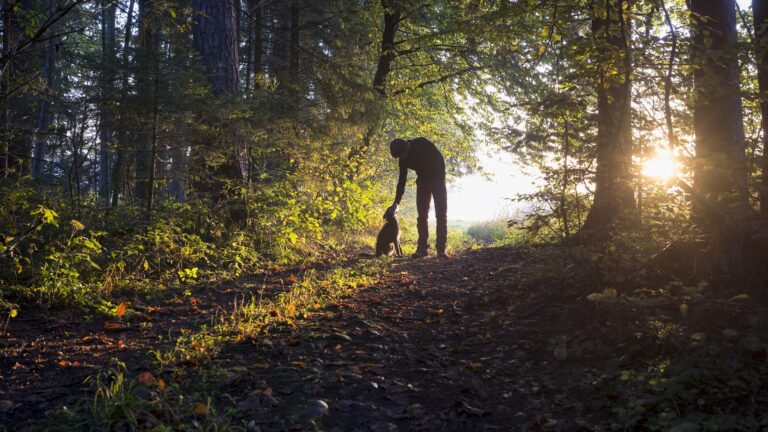
1 thought on “How Children Behave Properly Towards Dogs”